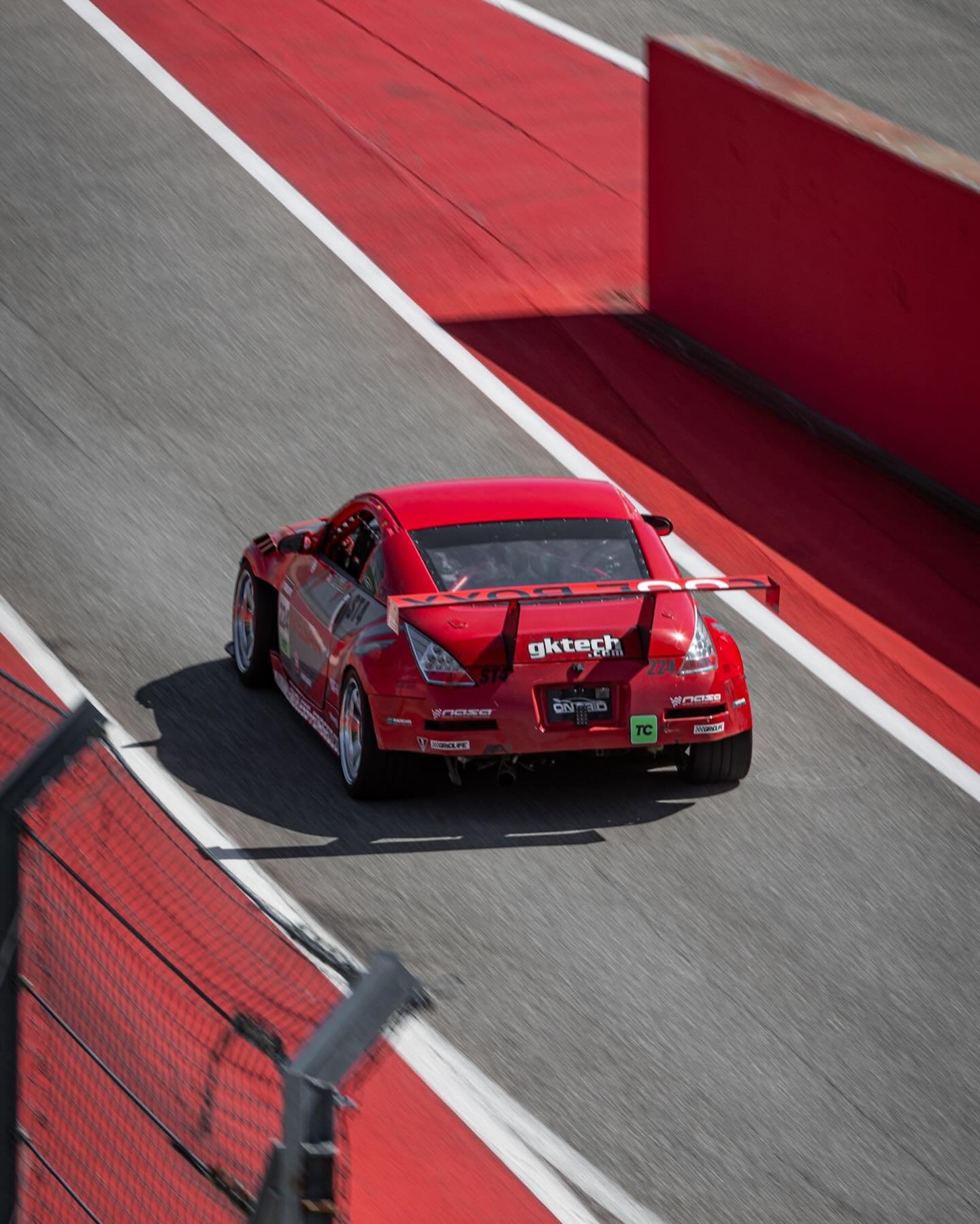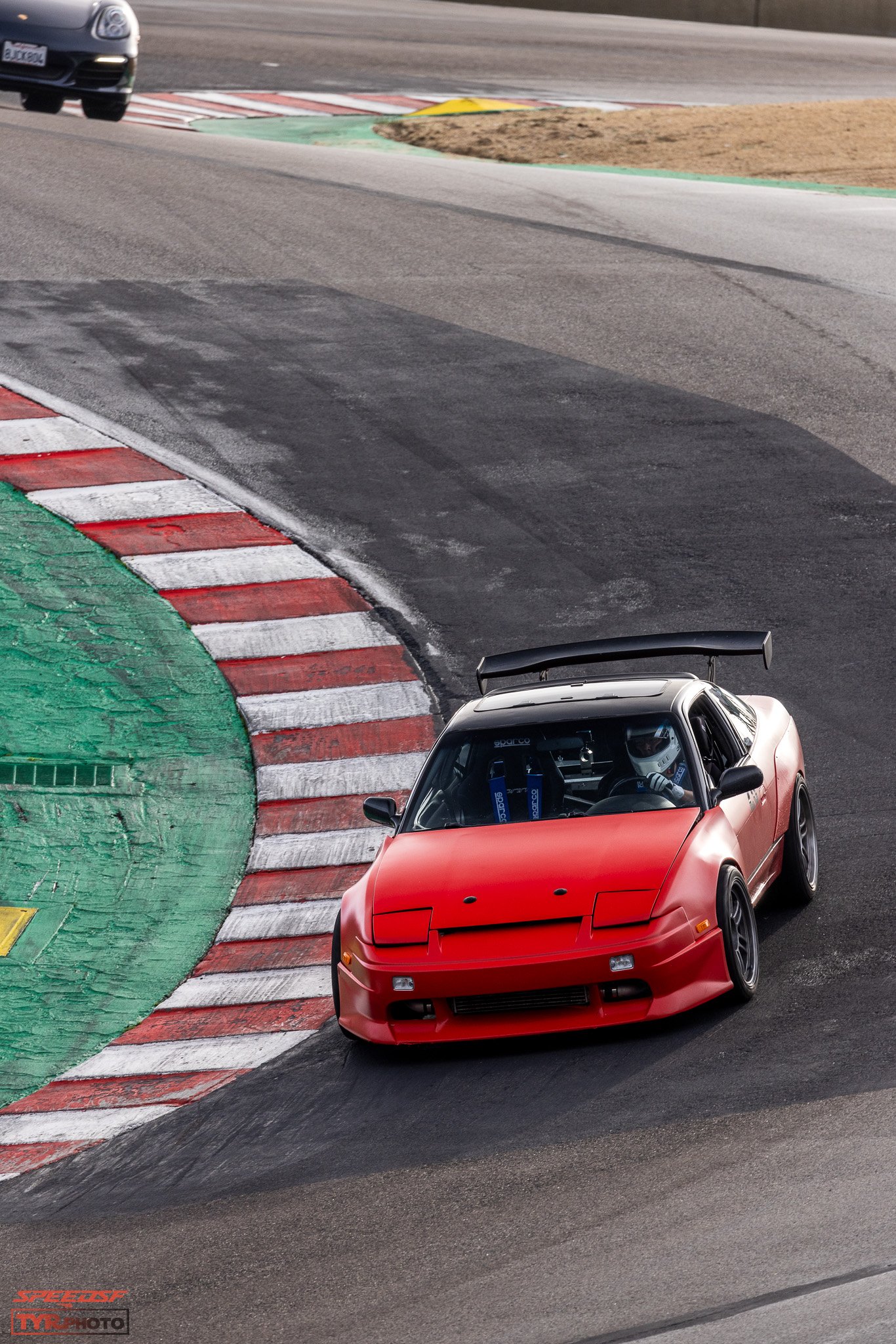
SpeedSF Blog
Every Build Has a Story – Meet the Cars of SpeedSF

Michael’s 350Z: Take A Chance, Prove a Point
Looking for an affordable drift car, Michael “Stubz” Hillo grabbed a 350Z and started driving sideways. After some time, he recognized the car had potential as a track car -- as long as he could accept a few shortcomings.

Ken's 240SX: Twenty Years in the Making
Twenty years after picking it up, Ken brought a revitalized version of his old track car back to Laguna. It’d sat for a decade as Ken raised a family, but late those nights after the kids went to bed, he studied whatever he could and amassed a collection of track parts. When he finally got a chance to give it another lease on life, he didn’t cut any corners.

Laguna Seca Logistics: Where to Stay, Where to Eat, What to Wear
Make sure to bring a jacket, because Laguna Seca can be chilly first thing in the morning. Thankfully, there are plenty of accommodations available for those who aren’t interested in camping.
